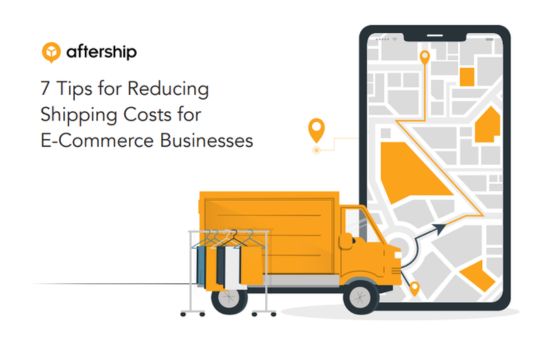E-commerce content strategy guide | Brightspot
E-Commerce & Retail
Introduction
The statistics speak for themselves: eCommerce has flourished during the COVID-19 era. According to eMarketer, eCommerce will account for 14.5% of retail sales in the United States this year, up from 11% in 2019.
- This marks the largest year-over-year increase since the research firm began tracking eCommerce in 2008.
- In the first half of 2020 alone, consumers spent over $347 billion online with U.S. retailers.
The surge in eCommerce exemplifies how the pandemic has accelerated digital transformation. While online shopping was already on the rise pre-COVID-19, the pandemic has pushed retailers worldwide to adopt digital environments to meet consumer needs. Those already operating digitally are taking the opportunity to enhance their experiences.
 Today, customer loyalty hinges on high-quality digital experiences, comprising numerous unique moments. Providing a genuinely omnichannel experience that transforms shoppers into brand advocates involves more than just a successful one-time sale. It requires touchpoints through text, images, and videos across all digital platforms, telling a cohesive story that connects the right consumers with the right products.
Today, customer loyalty hinges on high-quality digital experiences, comprising numerous unique moments. Providing a genuinely omnichannel experience that transforms shoppers into brand advocates involves more than just a successful one-time sale. It requires touchpoints through text, images, and videos across all digital platforms, telling a cohesive story that connects the right consumers with the right products.
These “micro-moments” in the customer journey—interactions with your products or brand—elevate the connection between eCommerce experiences and your content management system. From delivering essential details for purchase decisions about a new car or sofa to surfacing contextual add-ons post-purchase or geo-located or time-specific to a retail outlet, relevant, contextual, and personalized content significantly increases the likelihood of purchases and long-term brand loyalty.
Overall, as an eCommerce brand, delivering a personalized and seamless experience is crucial to retaining existing customers and attracting new ones. To achieve this, brands must invest in superior eCommerce experiences through a content management system that supports the entire customer journey—from initial impulse to research (aka window shopping) to purchasing to the post-purchase relationship between the customer and the brand.
Content’s Role in a Successful eCommerce Strategy
When discussing the role of content in delivering a successful online experience for consumers, there are three key factors eCommerce brands should consider.
First and foremost, the primary objective of content for eCommerce brands is to drive revenue. Content’s goal is to encourage customers to make purchasing decisions. Standalone blogs and single-page websites are insufficient—creating omnichannel content across all touchpoints where people connect will attract new customers and engage existing ones.
Secondly, content is crucial for brand discovery. Today, consumers are not only visiting familiar websites and companies but are also exploring new brands that deliver the omnichannel experience they desire. According to Bazaarvoice’s “Behaviour That Sticks” report, 39% of over 8,000 consumers surveyed said they purchased from new brands during regional lockdowns. For eCommerce brands, content is essential for search engine optimization (SEO). Well-crafted product pages and high-quality content increase discoverability and attract consumers. Creative and engaging content that tells your brand’s story is a powerful driver of consumer interest.
Finally, once a brand is discovered, it needs a strategy to retain those customers. For today’s eCommerce businesses, content serves as an iterative process for customer engagement. Brands that manage their content distribution internally can measure and optimize their output, continuously improving and creating new experiences.
At the core of all these strategies are micro-moments. Defined by Google as “intent-rich moments when a person turns to a device to act on a need—to know, go, do, or buy,” micro-moments highlight the importance of capturing consumers’ attention quickly. Brands that effectively address consumers’ impulses to know, go, do, or buy will succeed. With a well-executed content strategy that ensures information is available, easily discoverable, and consistent, brands can leverage these moments to connect relevant consumers with relevant products.

Continue reading and download the guide to unlock the full potential of your content strategy and boost your eCommerce success today!
- Introduction
- Content’s Role in a Successful eCommerce Strategy
- Putting Your CMS at the Center of Your eCommerce Stack
- Creating a Partnership Between Product and Editorial Teams
- A Decoupled, Headless, or Hybrid Solution for eCommerce
- Modernizing the eCommerce Experience Through a Headless Approach
- Key Features and Benefits of Brightspot for eCommerce Brands
Number of Pages:
- 13 pages
Pricing:
- Free






